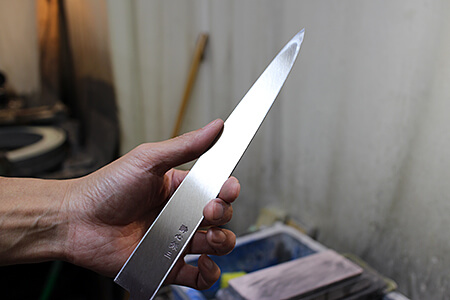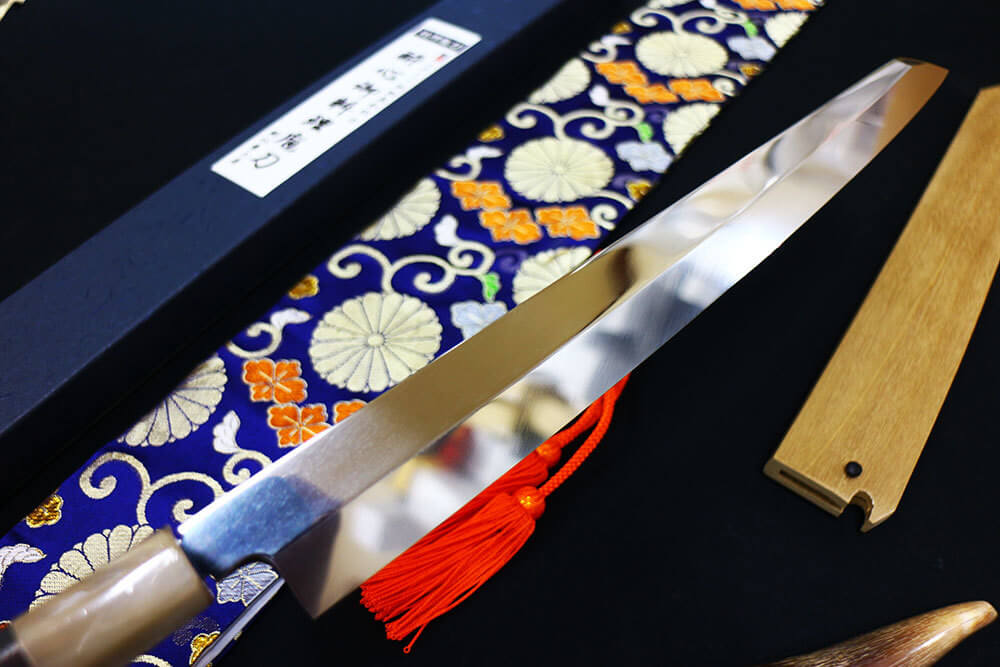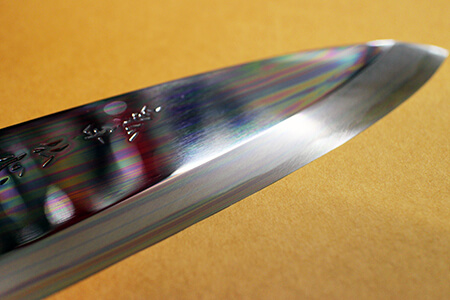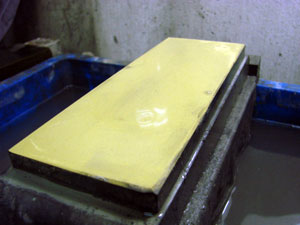Definition of Honbaduke
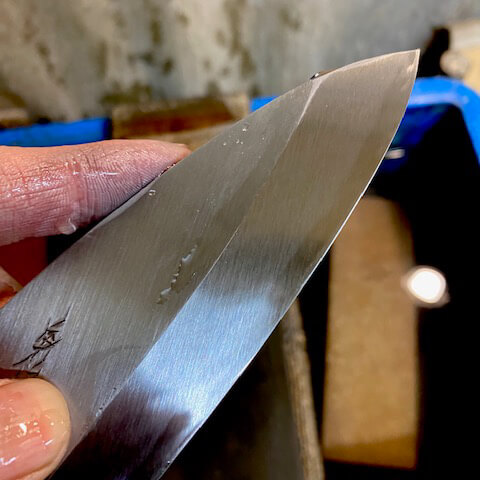
I recently had the opportunity to engage in Honbaduke, and it got me thinking persistently: ‘What is Honbaduke exactly?’ Looking back at past articles and features, there wasn’t a decisive explanation. It felt like there was a cobweb right in front of my eyes—seemingly visible yet elusive.
Lately, with guidance from Shihan Ueda on knife usage for chefs and insights from Akira in San Francisco and lovekidold, who always shares valuable comments, I’ve been contemplating their opinions and my own thoughts.
So, as of now, my thoughts on the definition of Honbaduke are that, in conclusion, ‘there isn’t a definitive definition.’ In extreme terms, Honbaduke is something that can be described yet can’t be described. Why do I think this way? Well, it’s because the scenarios in which people use their knives vary for each customer. Depending on the environment, the quality of Honbaduke changes.
So strictly speaking, there isn’t a firm ‘this is the secret of Honbaduke!’ The quality of Honbaduke is related to the quality of cutting. In essence, it affects the quality of the dish you prepare. This quality, influencing the dish, also reflects in the price of the dish. When you look at it from the opposite angle, I realized that the quality (definition) of Honbaduke changes accordingly.
Even in a casual izakaya, if you were to apply a precise and sharp edge similar to that of a traditional Japanese cuisine chef’s knife, there’s a cost associated with it, and the time spent on honing also changes. One might need to find a reasonable balance in this situation.
Even in a casual izakaya, there are individuals who love knives and might spend extra time after work to achieve a refined and precise edge for their cooking, which is more of an attitude and pride as a chef! I’ve heard in the past that knife sharpening was included in the salary.
If we were to define the borderlines of Honbaduke, I believe it aligns with the blade sharpening tailored to serve dishes for which one can charge money. If you pay for a meal and it tastes similar to what you have at home or the sashimi doesn’t have that wow factor, you might think, ‘I’d rather eat this at home!’
To create a noticeable difference, perhaps the most straightforward approach is using a sharp knife. ↑ A creative opinion as a knife shop owner ↑ To illustrate, the difference in the onion cross-section seen at Ueda-san’s, which I wrote about in a previous blog, might align with this approach? This could evolve into the added value of Honbaduke, considering factors like Hamaguri, Itohiki, the compatibility of sharpening stones, and steel selection (added value considering durability and ease of use for chefs!).
Some might say, ‘I Honbaduke’d my home kitchen knife!’ but this would mean sharpening it with the goal of achieving a professional edge, texture, and cross-section at home. Thinking about all this makes me feel like I’m being sucked into a black hole… And so, the journey of training begins again. Currently, this is what I’m pondering.
On the flip side, if we delve too deep into complexity, it might take away the joy, so I intend to keep the blog light and enjoyable.
- 2010-06-30
